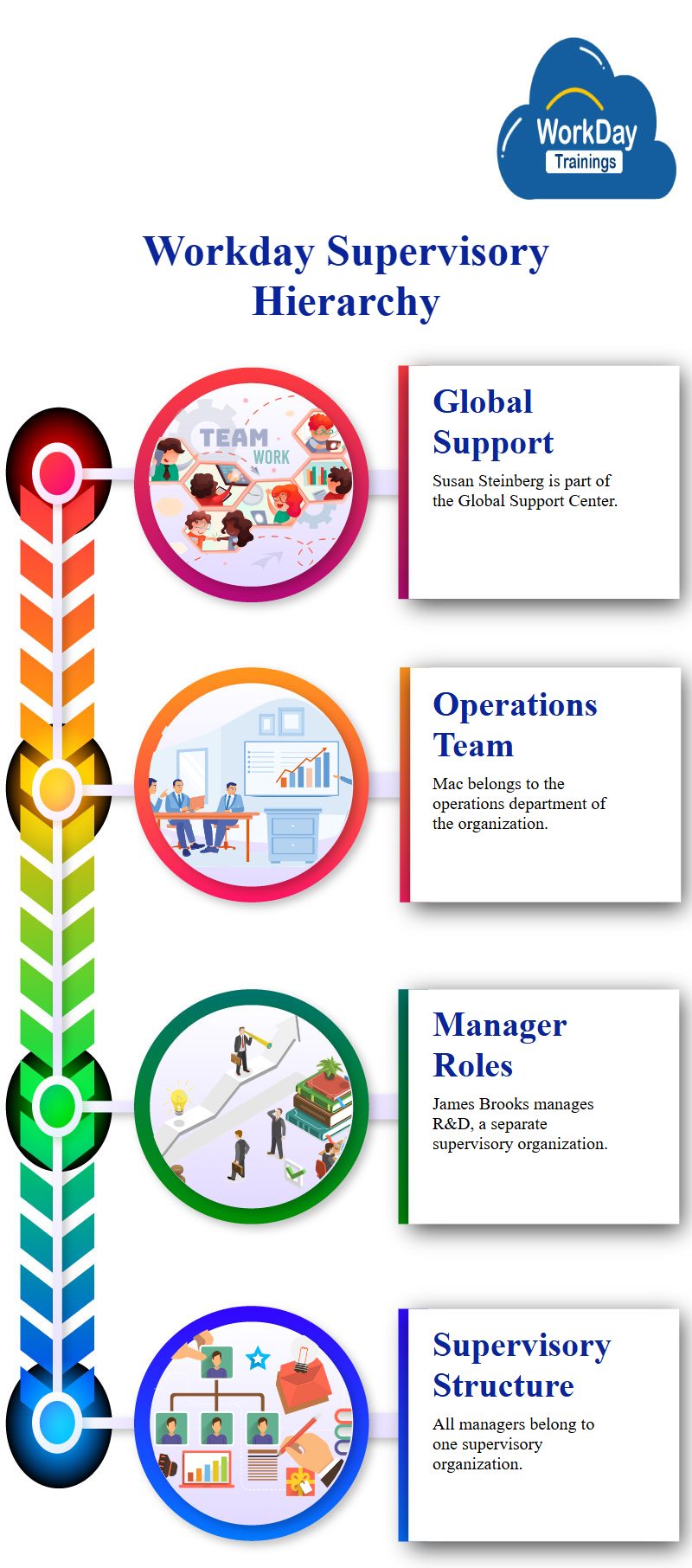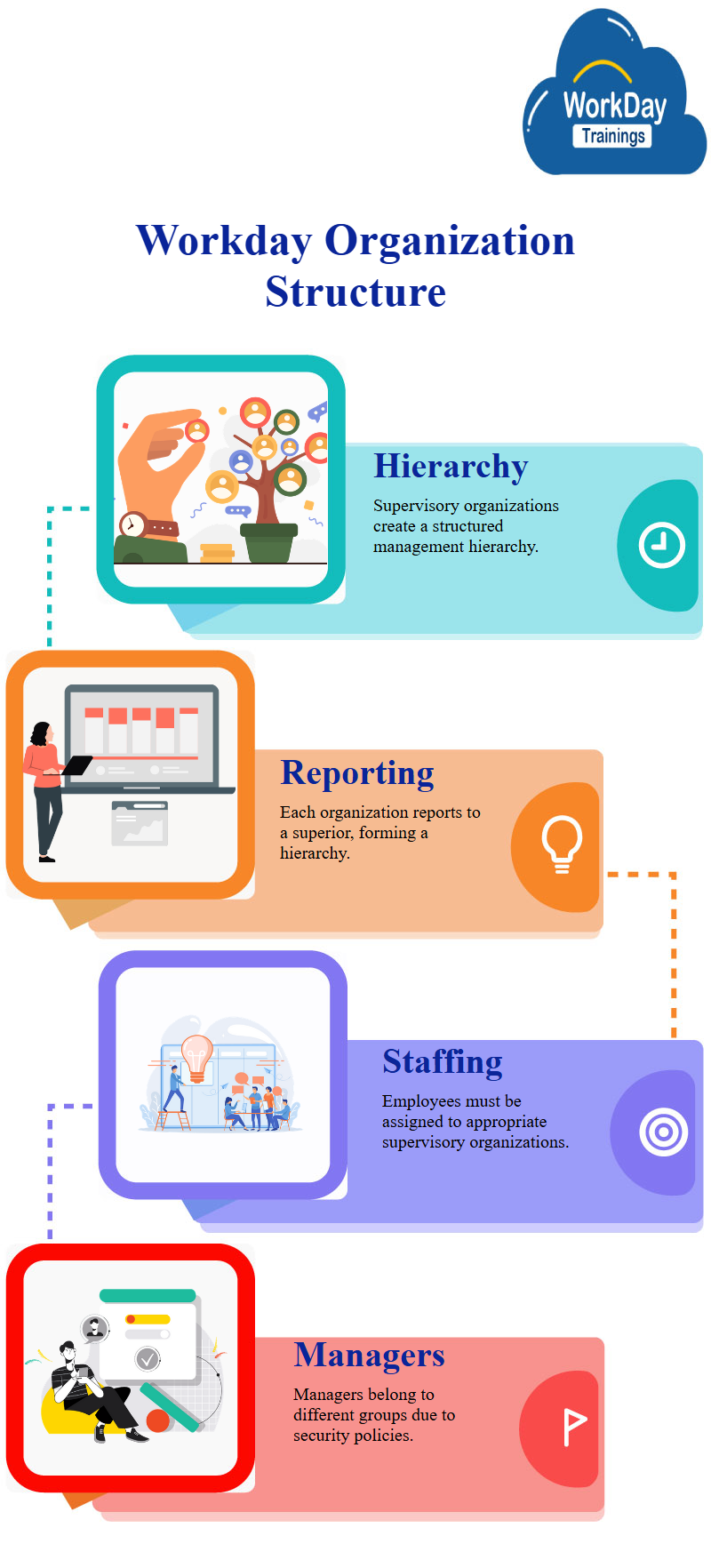Workday Supervisory Organizations and Staffing Actions
Workday Supervisory organizations are essential for the successful functioning of a workday company, as they are the core concept of what they see. They group workers into a management hierarchy, specifying who reports to whom.
Workday Supervisory organizations can report to one another to workday form a supervisory organization hierarchy, with each having one superior organization. This provides context for staffing actions and ensures that all workers are part of the organization.
When hiring new employees, such as college graduates, it is crucial to assign them to the appropriate supervisory organization. This can be done directly, through a separate department or by creating a separate supervisory organization for campus hires.

By ensuring that all workers are part of the supervisory organization, the workday company can ensure that all employees are well-equipped to contribute to the success of the organization.
Employees are part of a supervisory organization, which is not equal to the department they manage. Managers are assigned workday roles to a supervisory organization but are not part of the same group. This is due to workday security concerns and the lack of access for managers.
Organizational Hierarchy in Workday Supervisory Organization
An example of an organization structure is the Global Support Center, where members like Susan Steinberg, Mac, and James Brooks are part of the organization. Susan is a member of the Global Support Center, while Mac is part of operations.

James Brooks is a workday manager of R and D, a separate supervisory organization.
All managers, including James Brooks, are part of one supervisory organization, but they themselves are managers of different organizations.
To draw a complete hierarchy, under James Brooks, there will be another supervisory organization called R&D, with different people as part of that particular organization.
This organization hierarchy is typically arranged in a hierarchical manner, with people in one department and people in other departments.

This context discusses the concept of supervisory organization within an organization. It explains that each worker is a member of a supervisory organization, including the CEO.
However, the CEO is not a member of the organization they manage. The only exception to this rule is the CEO. The document then presents an example of a few workers, Ravi, T. Megan, Bankert, Logan, Sam, Peter, and HR.
To group these workers by their workday roles, the text suggests grouping them by the teams or organizations they are part of.

Organizational Management Roles and Hierarchy
Organizational Management Roles revolves around the management of various departments, including the IT team.
For example, the possibility of Sophie being part of the IT team, as she is not a member of the organization she manages.
Sophie may be part of the IT delivery team, which is managed by Nick. Other workers like John, who is part of HR management, report to various departments. The subject then moves on to the structure of the I T management, where the workday manager of IT is a member of the organization.

Harsha
My enthusiasm for writing never stops because more than just writing, I delve into technology.